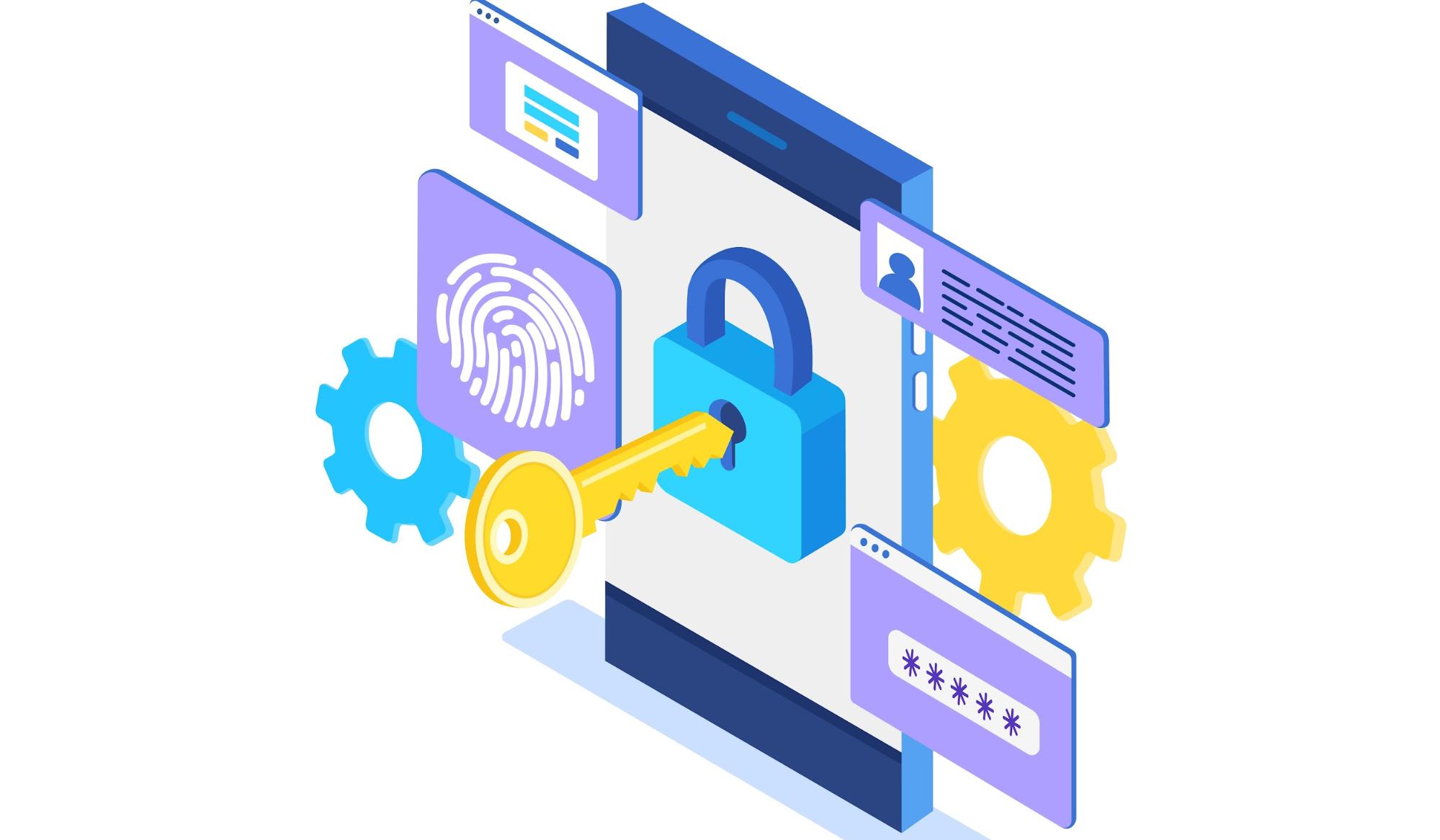Tips on How to Protect Sensitive Data

Companies and businesses manage large volumes of personal and confidential information daily. This data needs protection, whether stored locally or in the cloud. Knowing how to manage sensitive data, you can prevent substantial financial loss, identity theft, and loss of clients’ trust.
Let’s explore the best ways to protect sensitive data. This process calls for more than just solid passwords, strict privacy settings, or installing antivirus software. Securing sensitive data requires a number of strategies and best practices to make it really effective. Here are some practical tips on how to protect your most valuable data and digital assets.
Encrypt Your Data
Encryption is an effective solution for companies or businesses that need to secure sensitive data. In simple words, it’s the process of converting data into another digital format. Once you finish encrypting the data, you will need a unique decryption key to make this information viewable and readable. So, even if the attackers get access to data, they won’t be able to read or use it.
There are various methods of encryption, each unique and serving specific needs. For example, encrypting the whole hard drive will safeguard against data exposure in case a device falls into the wrong hands. For businesses, ensuring that encryption standards meet industry regulations is also crucial for security compliance.
Implement Strong Access Controls
Limiting access to sensitive data is essential for those wondering how to protect sensitive information effectively. You don’t have to give everyone in your organization access to all the data you store. Strict access control will minimize the risk of illegal access and data breaches.
Access control solutions may also include password protection, role-based access, and physical security measures. For example, highly sensitive areas with critical data must only be available to authorized people. Regular audits and reviews of access permissions will ensure that your data remains secure.
Identify and Classify Sensitive Data
Start by identifying and classifying your data. Managing sensitive data will require an understanding of the information you have, where it is stored, and who can access it. Focus on personal information, financial and health records, and any other confidential data. Be aware that sensitive data exposure may lead to costly and severe consequences.
After identifying the data, you have to classify it according to its sensitivity level. First, you must protect social security numbers and credit card details. This step is especially important for companies that deal with confidential information about their customers and clients. Based on the potential risk, you may opt for more basic or advanced security measures.
Use Multi Factor Authentication (MFA)
A multi factor authentication setup will create an additional layer of security. The user is required to provide two or more verification factors to get access to sensitive data.
In most cases, there are three main options: password, token, and biometric data. The most common MFA solutions include:
- Password Management: Avoid unauthorized access by using long, strong, and unique passwords. A password manager can help you generate and safely store long passwords.
- Biometric Authentication: Additional biometric methods raise the security bar with options like fingerprints or facial recognition.
- Security Tokens: Physical security tokens provide another authentication factor, usually used in combination with passwords to gain access to vital systems.
MFA has become an integral part of information security as it significantly reduces the risk of unauthorized access. For businesses, implementing MFA across all systems where sensitive data is stored can greatly enhance overall security.
Regularly Update and Patch Systems
Keeping your software and systems updated is an easy yet effective practice in sensitive data protection. Many security attackers use vulnerabilities in outdated software as a gateway. Regular updates and patches close these gaps, securing your data from potential exploits.
Update all operating systems, applications, and security software on a regular basis. Make security updates and patches an integral part of your information security strategy. They close vulnerabilities that attackers might have exploited.
Establish Strong Privacy Settings
Implementing strong privacy settings is an essential step for securing sensitive information. They will guarantee that only authorized users can access confidential data, whether personal or business-related. Adjusting privacy settings on applications, social media, and cloud storage helps limit who can view or share your data.
For businesses, department-based enforcement of privacy policies is necessary. The organization should regularly review and update these settings to comply with regulations and respond to new security threats. Focusing on privacy settings will enhance general data security and contribute to a safer digital environment.
Educate and Train Your Team
The human factor is one of the weakest links in the security chain. Every staff member should understand the importance of protecting sensitive data. Regular training and workshops will help you foster the security-first mindset and thus avoid potential cyber security risks.
Train your team to identify phishing attempts and use safe communication methods. Create a security culture in your organization where everybody takes responsibility for protecting the organization’s sensitive data. This approach proved its effectiveness across multiple sectors, regardless of company size or specialization.
Safeguarding Your Data for a Secure Future
Considering the increasing risks of data breaches, it’s essential to use multiple practices to protect sensitive data. By being proactive, you will significantly reduce the risk of sensitive data exposure. The methods described above will help you do this quickly and effectively.
Remember that sensitive data protection is an ongoing process. Regular updates and compliance with best practices will keep your organization secure against upcoming threats. Prioritize security to show your reliability to potential clients and partners, and your efforts will undoubtedly pay off.
-
Personal Finance7 months ago
How Do I Find My UCAS ID Number?
-
Success5 years ago
Consistency: The Key Ingredient to Success
-
Uncategorized7 months ago
What Does Conditionally Approved Mean For An Apartment?
-
Motivation3 years ago
How To Become a More Organized Person?
-
Others4 years ago
Work Health and Safety: 8 Reasons to Maintain a Clutter-free Office
-
Entrepreneurs3 years ago
Why Diversity is Key in Business Marketing
-
HK Pools7 months ago
The HK Pools Forum Comunity Jos Markotop 2D Warna Kuning – A Great Way to Stay Connected
-
Sport1 year ago
What Makes Soccer Betting So Great?





























